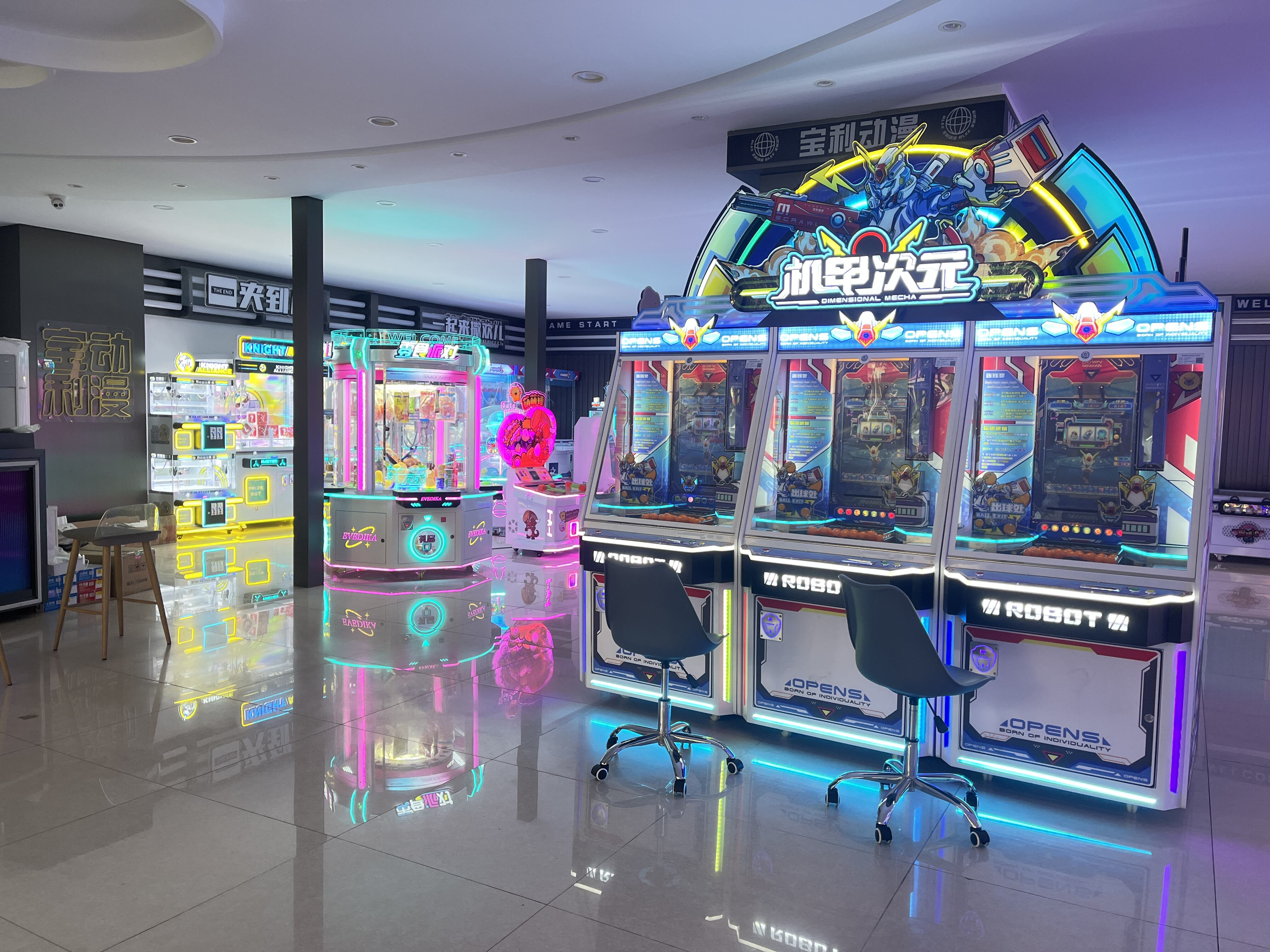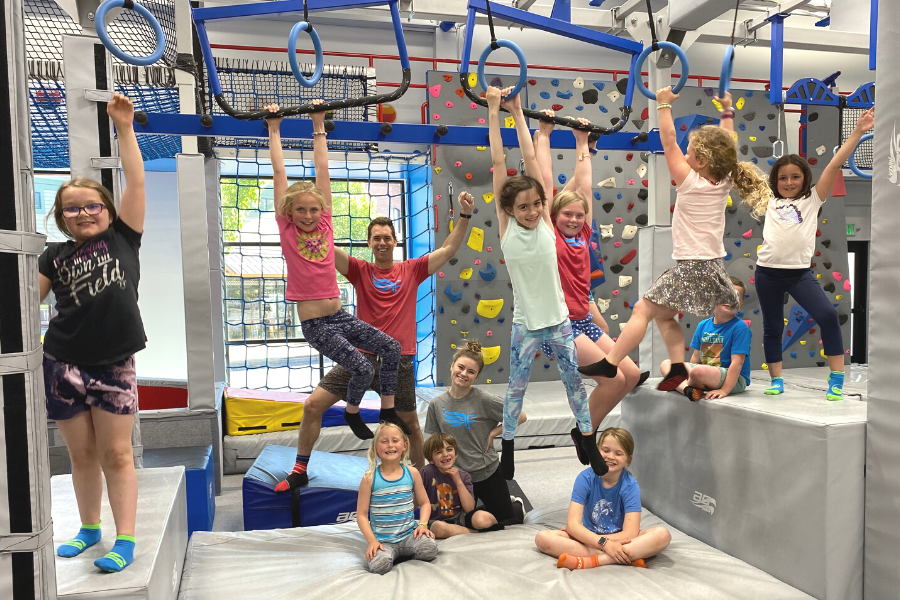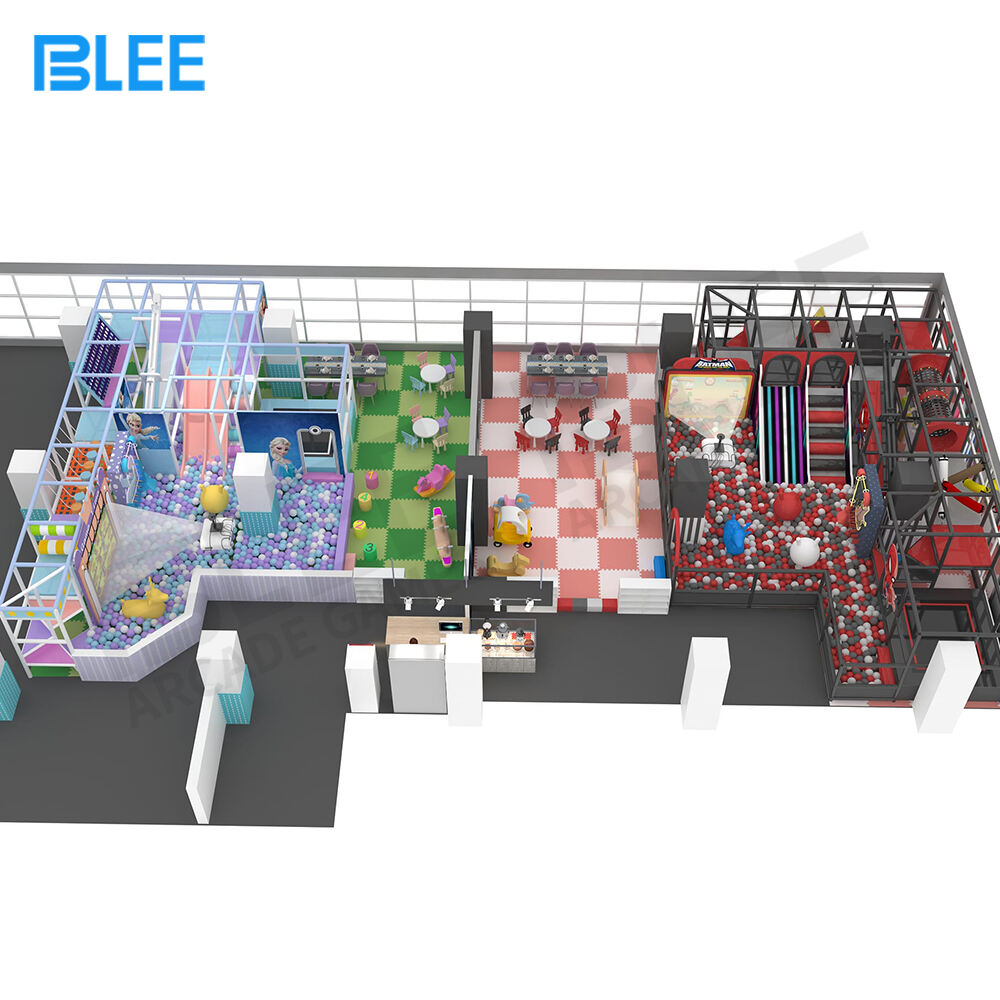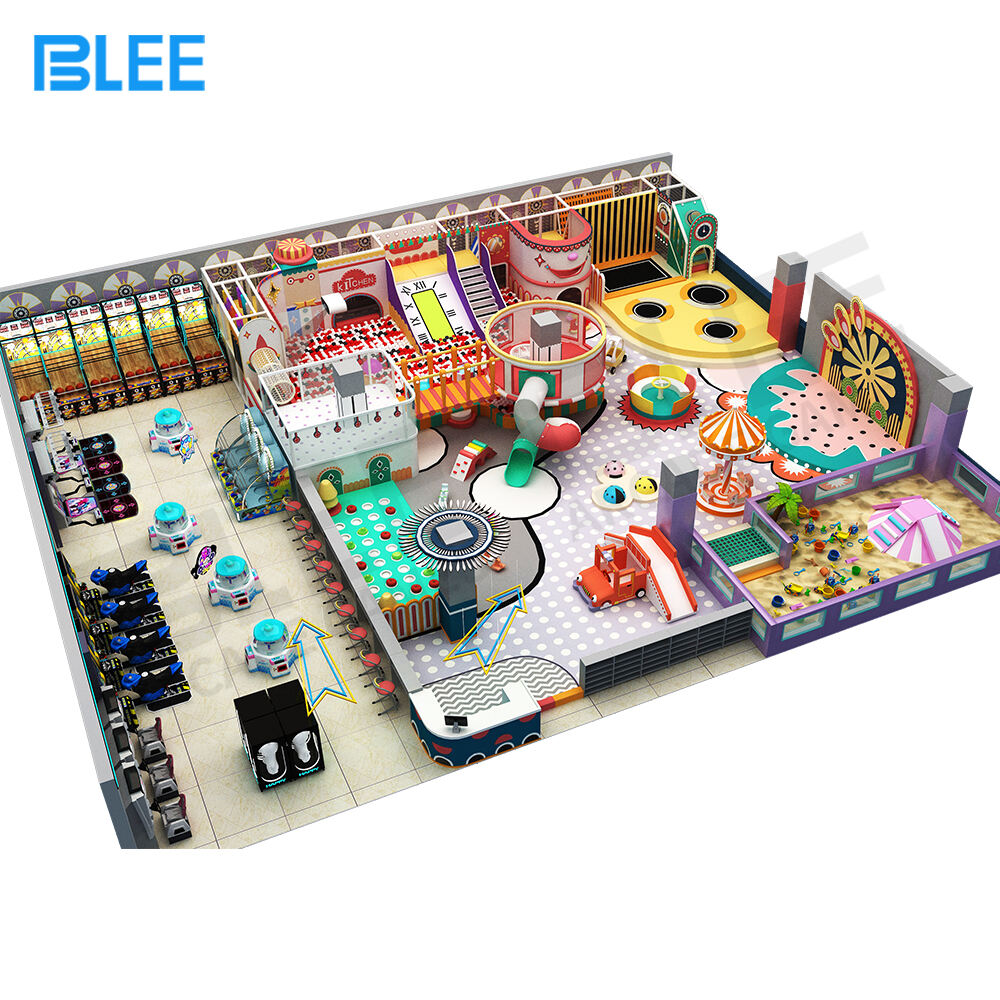Foundational Safety Standards in Playground Design
Spatial Planning for Injury Prevention
Effective spatial planning is critical in preventing playground injuries. Studies reveal that appropriate design can reduce injury rates by up to 30%. A well-thought-out spatial layout includes zoning techniques to separate energetic play areas from quieter zones, minimizing the risk of collisions and ensuring a safer environment for children. For instance, a playground in Barcelona that implemented zoning techniques reported a significant drop in accidental injuries by distinctly separating jumping and climbing zones. By implementing such spatial planning strategies, playgrounds can create a safer, more enjoyable experience for users.
Selecting Durable Soft Play Equipment
Choosing high-quality materials for soft play equipment is essential for ensuring safety and longevity. Adhering to industry standards like ASTM F1918-12 and EN 1176, which govern the durability of soft play components, helps manufacturers deliver safer products. Additionally, the sustainability of materials used can significantly impact the environment. For instance, opting for recycled or easily recyclable materials not only guarantees durability but also promotes environmental sustainability. This consideration is vital, as it reflects a commitment to both safety and ecological responsibility.
Safety Surfacing Materials and Impact Absorption
Selecting the proper safety surfacing materials is crucial in reducing fall-related injuries in playgrounds. Options such as rubber mats, engineered wood fiber, and synthetic turf are popular for their excellent impact absorption properties. Statistics show that fall-related injuries account for a significant portion of playground incidents, but appropriate surfacing can mitigate these risks effectively. Moreover, the choice of surfacing material affects maintenance and long-term cost-effectiveness. For example, rubber mats might require less frequent replacements compared to natural materials, offering value over time. Therefore, integrating effective safety surfacing ensures a safer and more sustainable playground environment.
Age-Appropriate Zoning for Diverse User Needs
Designing Separate Zones for Toddlers vs. Older Children
Creating distinct zones for toddlers and older children is crucial for ensuring safety and promoting age-relevant play. Different age groups have varying physical and cognitive needs, and mixing them can lead to increased accidents. Research highlights that playgrounds with clear boundary indicators see fewer incidents, as children are less likely to collide or interfere with play intended for other age groups. For practical implementation, consider using colorful signs and barriers to demarcate zones. For example, bright color schemes and themed areas can visually separate toddler-safe zones from those designed for older children.
Equipment Height and Complexity Adjustments
Equipment tailored to the physical abilities and heights of different age groups significantly prevents injuries. Guidelines recommend maintaining safe height and complexity ratios based on age to ensure children play safely within their developmental stages. Playground designs incorporating adjustable equipment serve as excellent examples, as they can cater to various developmental needs effectively. Consider introducing modular play systems that can be tailored for group activities or standalone play, ensuring adaptability across diverse age ranges. This approach not only enhances safety but also promotes inclusive play experiences, accommodating varying skill levels and interests.
Integrating Trampoline Parks and Bounce Areas Safely
Structural Engineering for Bounce Trampoline Sports
The structural engineering of trampoline parks plays a crucial role in ensuring the safety and integrity of the facilities. Trampoline structures are subject to specific safety statistics and building codes, such as ASTM standards in North America, to minimize risks. Engineers often emphasize the importance of durable materials and optimal design to bolster user safety amid rigorous activity. Insights from industry experts suggest that integrating bounce areas into existing playgrounds requires focusing on key elements such as material strength, load distribution, and compliance with safety provisions.
Perimeter Padding and Fall Zone Calculations
Perimeter padding and precise calculations of fall zones around trampolines and bounce areas are vital for reducing injury risks. Padding acts as a protective buffer, absorbing impact and preventing harm if a child falls off the trampoline. Best practices for calculating fall zones involve considering the equipment's design and height to determine safe distances for bouncing activities. Trampoline parks showcasing excellent safety measures typically have adequate padding and correctly calculated fall zones, ensuring a safer environment for users to enjoy their experience.
Active Supervision and Conflict Resolution Strategies
Sightline Optimization in Layout Design
Sightline optimization is a cornerstone in playground design that allows staff to effectively monitor children during play. By crafting a layout that prioritizes open visibility, staff can stay aware of potential issues, intervening quickly to prevent accidents. When designing such an environment, implementing wide-open spaces with minimal obstructions is key. This can be complemented with strategic placement of mirrors or glass panels to eliminate blind spots. An example of successful sightline optimization can be seen in modern indoor playgrounds like "FunBounce," where careful design enables staff to oversee large play areas effortlessly, thus enhancing safety.
Staff Training for Behavioral Guidance
Training staff in behavioral guidance is vital for managing conflicts and ensuring a harmonious playground environment. Effective training programs teach staff how to de-escalate conflicts, providing them with the skills needed to address disputes among children calmly and effectively. Programs such as the "Safe Kids Initiative" offer certifications focused on child supervision and conflict resolution, emphasizing proactive engagement and communication. Proactive staff interventions can significantly enhance the safety and overall user experience in playgrounds, making them enjoyable and secure spaces for all children.
Maintenance Protocols for Long-Term Safety Compliance
Daily Wear-and-Tear Assessments
Conducting daily wear-and-tear assessments is crucial for ensuring the safety and longevity of your playground equipment. By integrating routine inspections, you can quickly identify and address potential hazards caused by daily usage. A comprehensive checklist for staff should include examining surfaces for cracks, checking the stability of play structures, and inspecting all fastening hardware. Keeping a keen eye on these details not only prevents accidents but also extends the life of the equipment.
Organized and diligent maintenance protocols are reinforced by compelling data. According to industry studies, regular maintenance can significantly extend the lifespan of playground equipment. Companies that adhere to consistent inspection schedules report fewer breakdowns and increased equipment longevity. Ultimately, active daily assessments contribute significantly to the playground's overall safety and function, ensuring a secure and inviting environment for children.
Monthly Structural Integrity Checks
Monthly structural integrity checks are essential for the sustained safety of play equipment. These checks delve deeper into the playground's overall framework, ensuring each component meets safety standards. Common focal points during inspections include evaluating load-bearing capabilities and detecting corrosion or wear that might not be visible during daily assessments.
Industry standards, such as those set by ASTM International, provide guidelines for structural evaluations, highlighting common issues like material fatigue and joint failures. Insights from field experts stress the importance of these maintenance checks, as they play a pivotal role in accident prevention. By addressing structural issues proactively, playground operators can maintain safe environments that enable children to engage in energetic play without unnecessary risk.
Incorporating these detailed protocols into your routine not only assures compliance with safety regulations but also fosters trust among caregivers, knowing that a safe and enjoyable play environment is prioritized.









